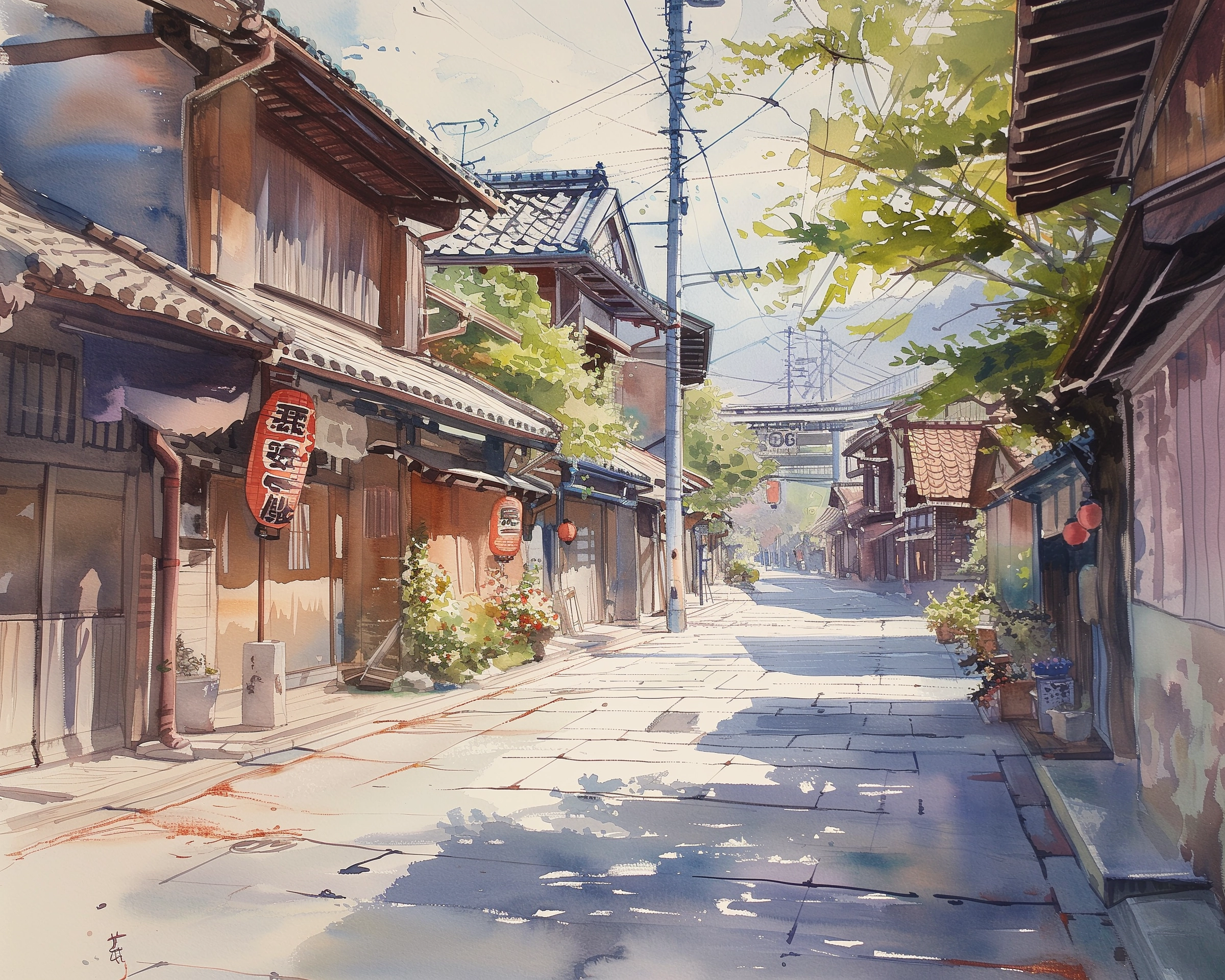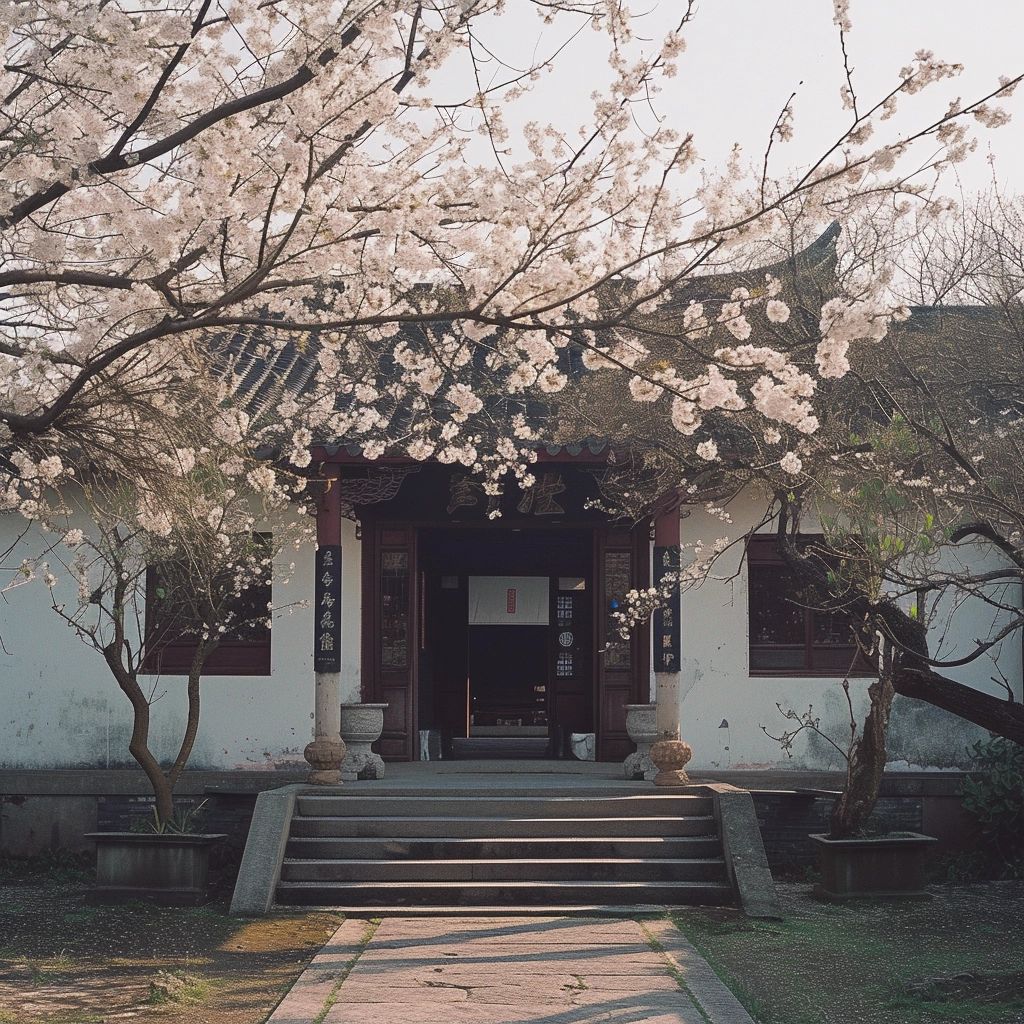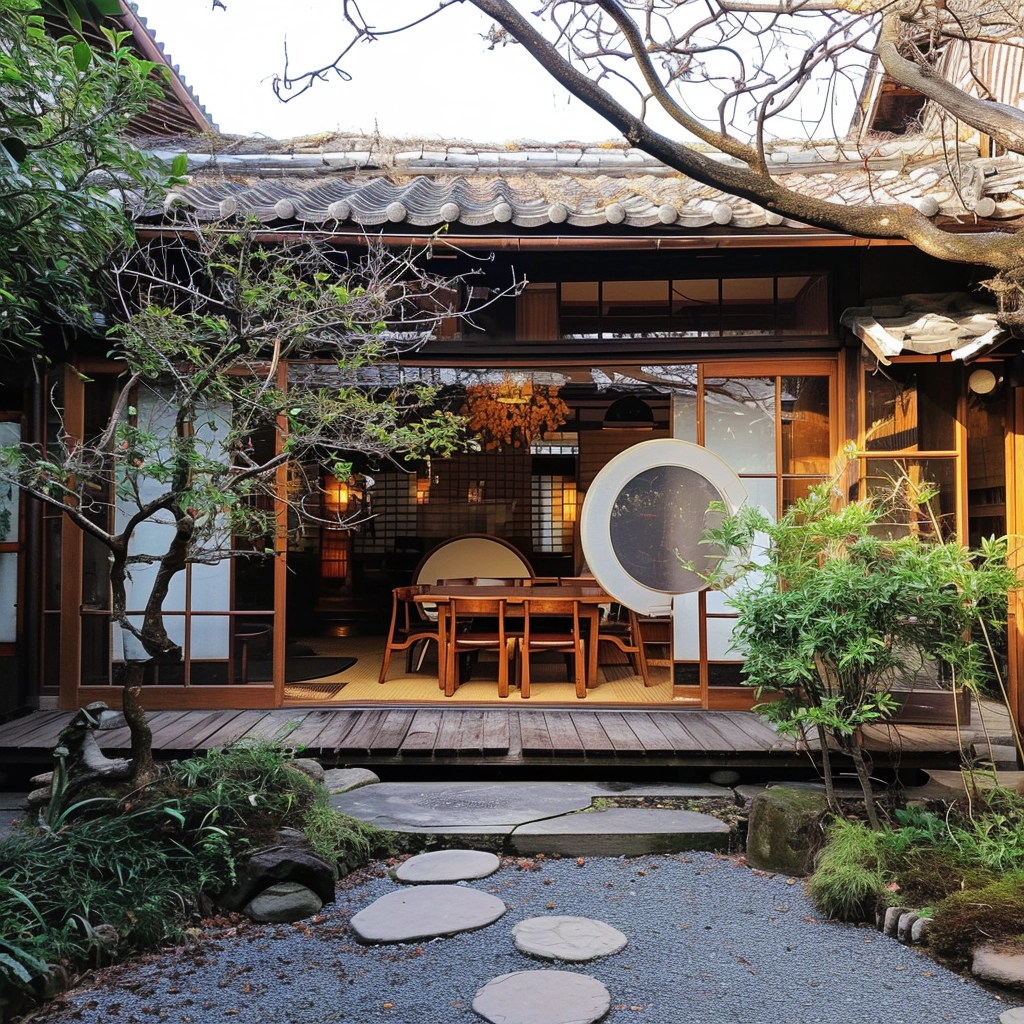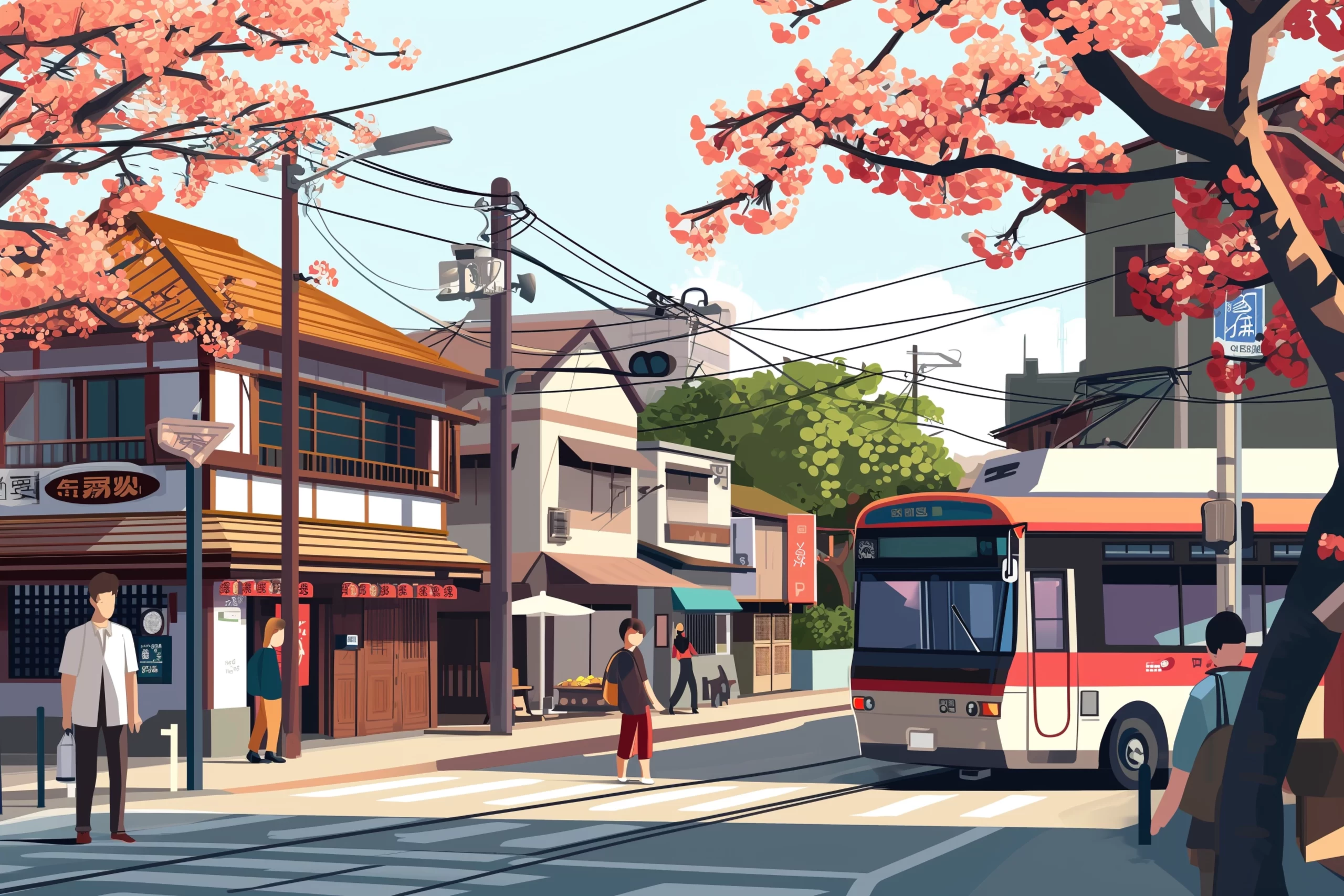Welcome to the captivating world of the Hikone-Jo, a legendary castle steeped in rich history and architectural grandeur. Nestled in the picturesque Shiga Prefecture of Japan, this majestic fortress stands as a testament to the skill and craftsmanship of its creators. Immerse yourself in the timeless beauty of Hikone-Jo as we delve into its fascinating past and explore its mesmerizing features.
Historical Background of Hikone-Jo
Hikone-Jo has a storied past that dates back to the early 17th century. Built by Ii Naokatsu, a powerful feudal lord, this castle played a significant role in the history of Japan. The construction of Hikone-Jo was part of the efforts by the Tokugawa shogunate to fortify strategic locations across the country. The castle was designed to serve as a stronghold and a symbol of power.
The castle’s location atop a hill overlooking Lake Biwa provided a vantage point for spotting potential threats and made it a formidable stronghold. Over the years, Hikone-Jo witnessed several battles and sieges, including the famous Battle of Sekigahara, which marked the beginning of the Tokugawa shogunate’s reign. The castle stood strong amidst the chaos, further solidifying its place in history.
Hikone-Jo stands out for its unique architectural style, combining elements of traditional Japanese and Western design. The castle’s main wdbos keep, or tenshu, stands five stories tall and features a stunning black lacquered exterior. The meticulous craftsmanship and attention to detail are evident in every aspect of the castle’s design, from the intricately carved wooden panels to the decorative roof tiles.

Architectural Features of Hikone-Jo
One of the most striking features of Hikone-Jo is its impressive defensive systems. The castle is surrounded by stone walls and moats, creating a formidable barrier against potential attackers. The walls are meticulously constructed using large stones and are designed to withstand the test of time. The castle’s strategic location on a hill further enhances its defensive capabilities.
Inside Hikone-Jo, visitors can explore the various rooms and chambers, each showcasing the exquisite craftsmanship of the time. The castle’s interior is adorned with ornate decorations, including beautifully painted screens and sliding doors. The timber staircases, made from the finest Japanese cypress, lead to the upper floors where breathtaking views of the surrounding landscape await.
The castle grounds also feature a beautiful Japanese garden, meticulously landscaped to create a serene and peaceful atmosphere. The garden’s design incorporates traditional elements such as stone lanterns, water features, and carefully placed trees and plants. It is a perfect place to relax and soak in the beauty of nature while immersing oneself in the history of Hikone-Jo.
Hikone-Jo’s Significance in Japanese History
Hikone-Jo holds immense historical significance as one of the few remaining original castles in Japan. It serves as a tangible link to Japan’s feudal past and offers a glimpse into the country’s rich cultural heritage. The castle’s survival through the centuries is a testament to the resilience of its builders and the enduring spirit of the people of Hikone.
During the Edo period, Hikone-Jo served as the seat of the Ii clan, one of the most influential samurai families in Japan. The clan’s leader, Ii Naosuke, played a crucial role in maintaining stability during a time of political turmoil. His efforts to modernize Japan and establish diplomatic relations with foreign powers made him a controversial figure, but his legacy lives on in Hikone-Jo.
Today, Hikone-Jo stands as a symbol of national heritage and is recognized as an Important Cultural Property of Japan. It serves as a reminder of Japan’s feudal past and the pivotal role castles played in shaping the country’s history. The castle’s preservation and restoration efforts ensure that future generations can continue to appreciate its historical and cultural significance.
Hikone-Jo’s Role in Modern-Day Japan
While Hikone-Jo no longer serves its original defensive purpose, it continues to play an important role in modern-day Japan. The castle has become a popular tourist destination, attracting visitors from around the world who come to marvel at its architectural beauty and immerse themselves in its rich history.
The surrounding area has also benefited from the castle’s popularity, with numerous shops, restaurants, and traditional crafts stores sprouting up to cater to the needs of tourists. The local economy has experienced a boost, and the castle has become a source of pride for the people of Hikone.
Hikone-Jo also serves as a venue for various cultural events and festivals throughout the year. These events showcase traditional Japanese arts, crafts, and performances, further enriching the cultural landscape of the region. The castle’s grounds provide a stunning backdrop for these festivities, adding to the overall experience.
Visiting Hikone-Jo: Opening Hours and Admission Fees
If you’re planning a visit to Hikone-Jo, it’s essential to know the opening hours and admission fees. The castle is open to visitors throughout the year, with slight variations in hours depending on the season. It is advisable to check the official website or contact the castle’s administration for the most up-to-date information.
As for admission fees, Hikone-Jo offers various ticket options, including individual tickets and group discounts. The fees are reasonable and provide access to both the castle’s interior and the surrounding grounds. It’s worth noting that additional fees may apply for special exhibitions or events.

Exploring the Grounds
Once inside Hikone-Jo, visitors can explore the castle at their own pace. The self-guided tour allows you to wander through the various rooms and chambers, taking in the intricate details and enjoying the panoramic views from the upper floors. Audio guides are available in multiple languages to provide additional information and enhance the visitor experience.
Outside the castle, the expansive grounds offer plenty of opportunities for further exploration. Take a leisurely stroll through the meticulously maintained Japanese garden, or simply find a spot to sit and enjoy the tranquility. The surrounding area also boasts scenic walking trails and viewpoints that offer breathtaking vistas of Lake Biwa and the surrounding mountains.
Cultural and Historical Importance
Beyond its architectural and aesthetic appeal, Hikone-Jo holds deep cultural and historical importance. The castle serves as a symbol of Japan’s feudal past and the resilience of its people. It is a reminder of the values and traditions that have shaped the nation and continues to inspire respect and admiration.
Hikone-Jo is also closely linked to the region’s cultural heritage. The castle’s influence extends beyond its walls, with various local traditions and festivals paying homage to its legacy. These cultural events provide an opportunity for visitors to immerse themselves in the vibrant traditions of the area and gain a deeper understanding of the castle’s significance.
Impact on Tourism in the Region
Since its designation as an Important Cultural Property, Hikone-Jo has become a significant tourism draw for the Shiga Prefecture. Visitors from both within Japan and abroad flock to the area to experience the castle’s grandeur and explore the surrounding attractions. The influx of tourists has contributed to the local economy and has prompted the development of tourism-related infrastructure.
The castle’s popularity has also had a positive impact on the preservation of other historical sites in the region. Local authorities and organizations have recognized the value of preserving and promoting their cultural heritage, leading to the restoration of other castles and historical landmarks. Hikone-Jo’s influence extends beyond its own walls, inspiring a renewed appreciation for Japan’s architectural and historical treasures.

Conclusion: Preserving the Legacy
Hikone-Jo stands as a testament to the skill and craftsmanship of its creators and holds immense cultural and historical value. Its timeless beauty and rich history continue to captivate visitors from around the world. The efforts to preserve and promote Hikone-Jo ensure that its legacy will endure for future generations, allowing them to experience the enchantment of this iconic Japanese castle.
As you immerse yourself in the captivating world of Hikone-Jo, you’ll gain a deeper appreciation for Japan’s feudal past and the role castles played in shaping the nation’s history. From its strategic location and impressive defensive systems to its architectural grandeur and cultural significance, Hikone-Jo offers a truly immersive experience that transports you back in time.
If you found this exploration of Hikone-Jo intriguing, we invite you to delve deeper into global affairs and contemporary issues by exploring our article about the United Nations. Discover the interconnectedness of nations and the efforts towards global cooperation and understanding. Continue your exploration of diverse cultures and histories, and thank you for joining us on this enriching adventure.


